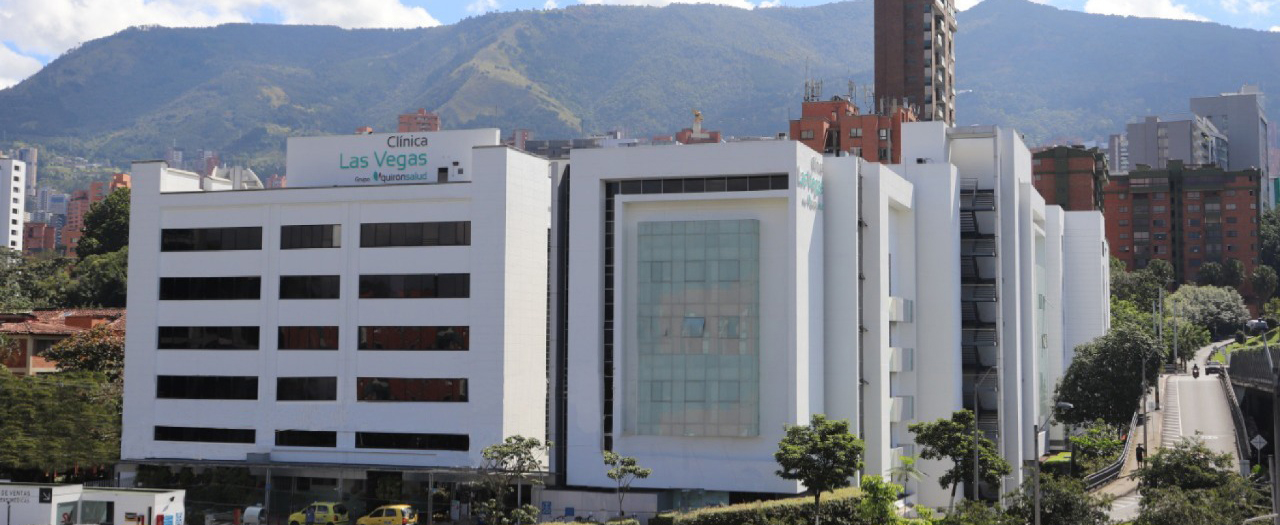Brugada Syndrome
What is Brugada syndrome? Everything about the causes, symptoms, and most effective treatments.
Symptoms and Causes
Brugada syndrome is a condition that affects the normal rhythm of the heart. The cause is an alteration in the heart's electrical system. Although it is rare, it is a very serious condition that can lead to death.
The main characteristic of patients with Brugada syndrome is that they have the same altered pattern in their resting electrocardiogram results, known as the Brugada pattern. This special heart function increases the risk of experiencing rapid ventricular arrhythmias.
Sometimes, the disease does not develop and shows no symptoms. For this reason, prevention is key among people diagnosed with Brugada syndrome.
Symptoms
In most cases, Brugada syndrome shows no symptoms, and diagnosis is made by studying test results done for other reasons. Some signs that are identified with this condition are:
- An elevation in the ST segment in the electrocardiogram pattern.
- Dizziness.
- Difficulty breathing.
- Rapid or chaotic heartbeats.
In extreme cases, sudden death may occur in individuals who appear healthy.
Causes
In most cases, Brugada syndrome is caused by a congenital malformation that affects the structure of the heart or the balance of electrolytes that send electrical signals throughout the body. However, on some occasions, the disease develops due to cocaine use or certain medications.
Risk Factors
The main factors that increase the likelihood of developing this condition include:
- Family history: Brugada syndrome is hereditary.
- Gender: Men are more predisposed to suffer from the disease.
- Fever: While an increase in body temperature does not cause the syndrome, it can affect the heart of those with this genetic alteration.
- Cocaine use.
Complications
The primary complication of Brugada syndrome is sudden death. Under certain circumstances, cardiac arrest can occur, which, if not treated in time, can be fatal.
Prevention
To prevent complications, genetic testing is recommended for people with family members who have Brugada syndrome. Once the disease is diagnosed, avoiding fever and medications that favor arrhythmias is essential.
What doctor treats Brugada syndrome?
Brugada syndrome is a condition treated by cardiologists.
Diagnosis
The only way to diagnose Brugada syndrome is by performing an electrocardiogram. When certain abnormalities appear in the recording of the heart's activity at rest, the disease is confirmed.
Treatment
There is no treatment for Brugada syndrome since the alterations that cause it cannot be reversed. However, some actions can be taken to improve the patient's life and minimize risks.
When the condition shows no symptoms, it is important to follow the doctor's recommendations and attend annual check-ups. In more severe cases, surgery is performed to place a cardioverter-defibrillator, which, in addition to monitoring the heart's responses, sends electrical stimulation when necessary.











































































































